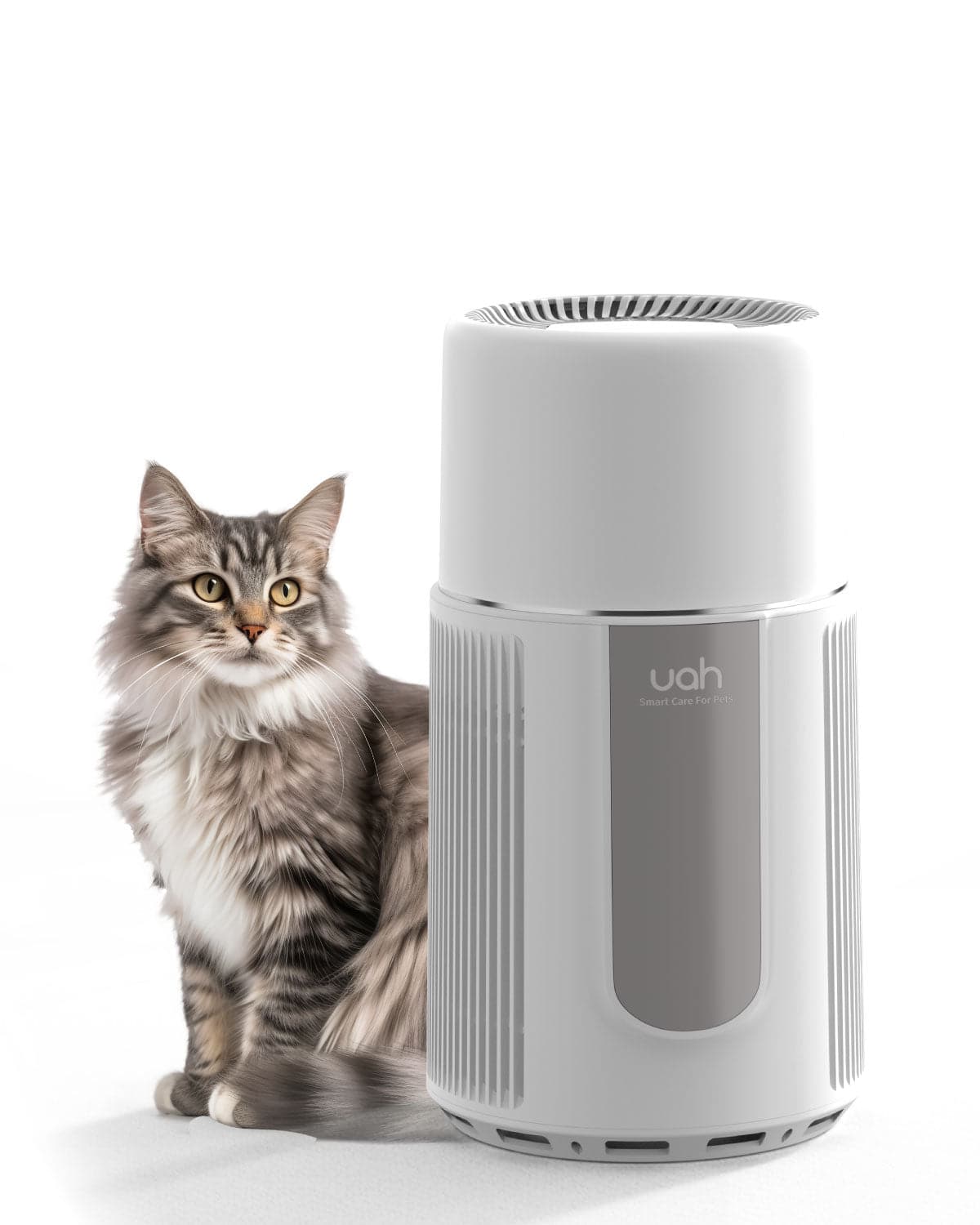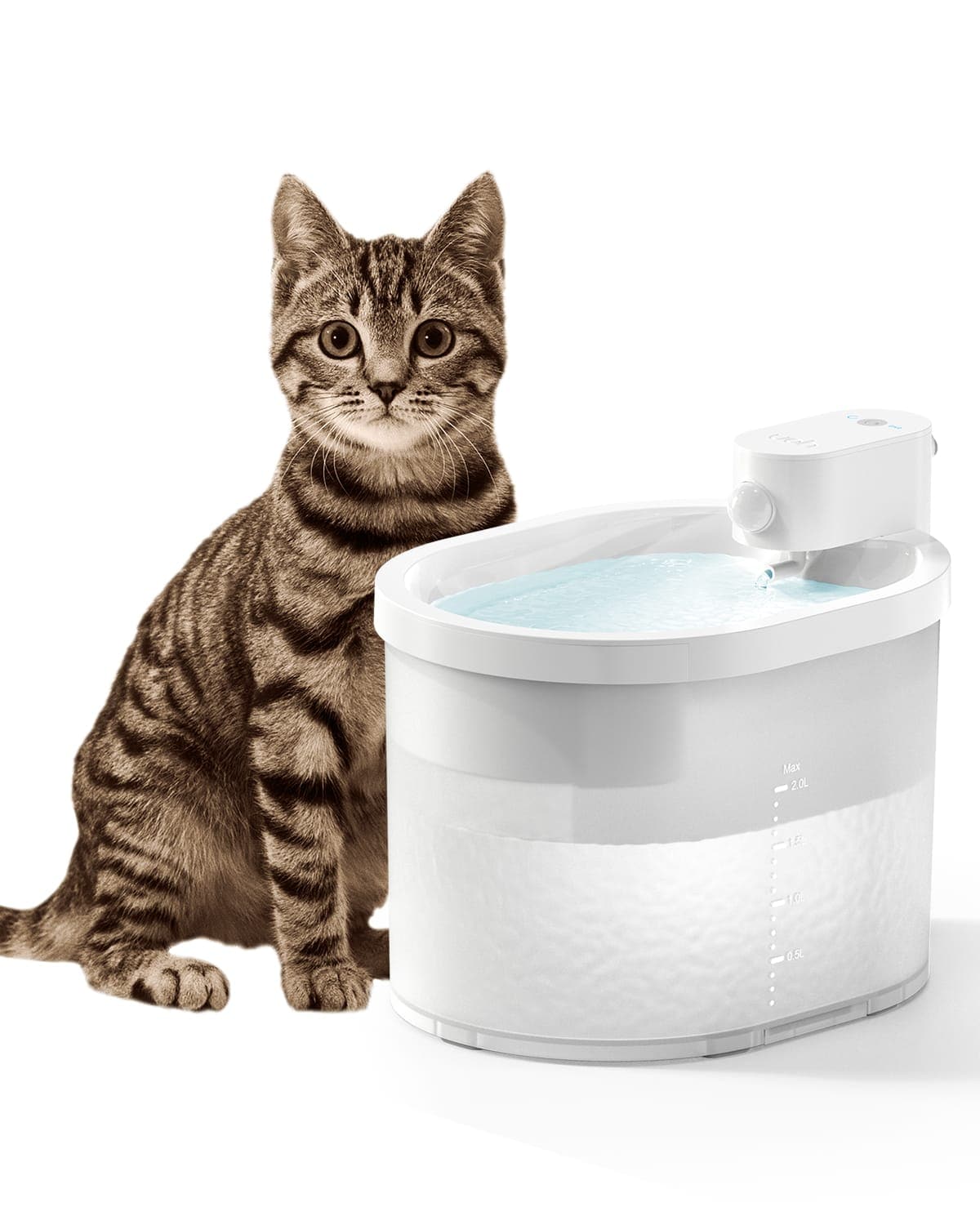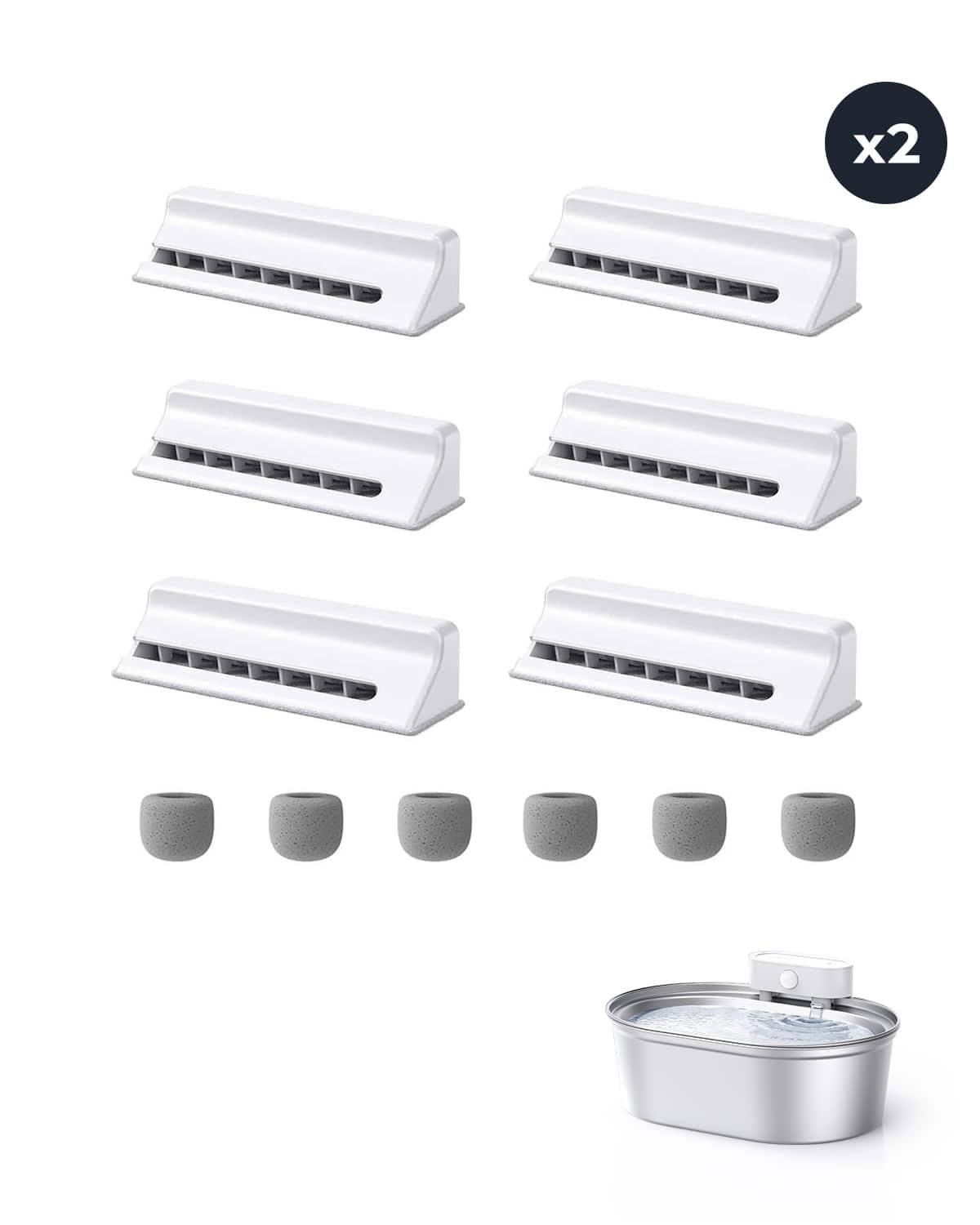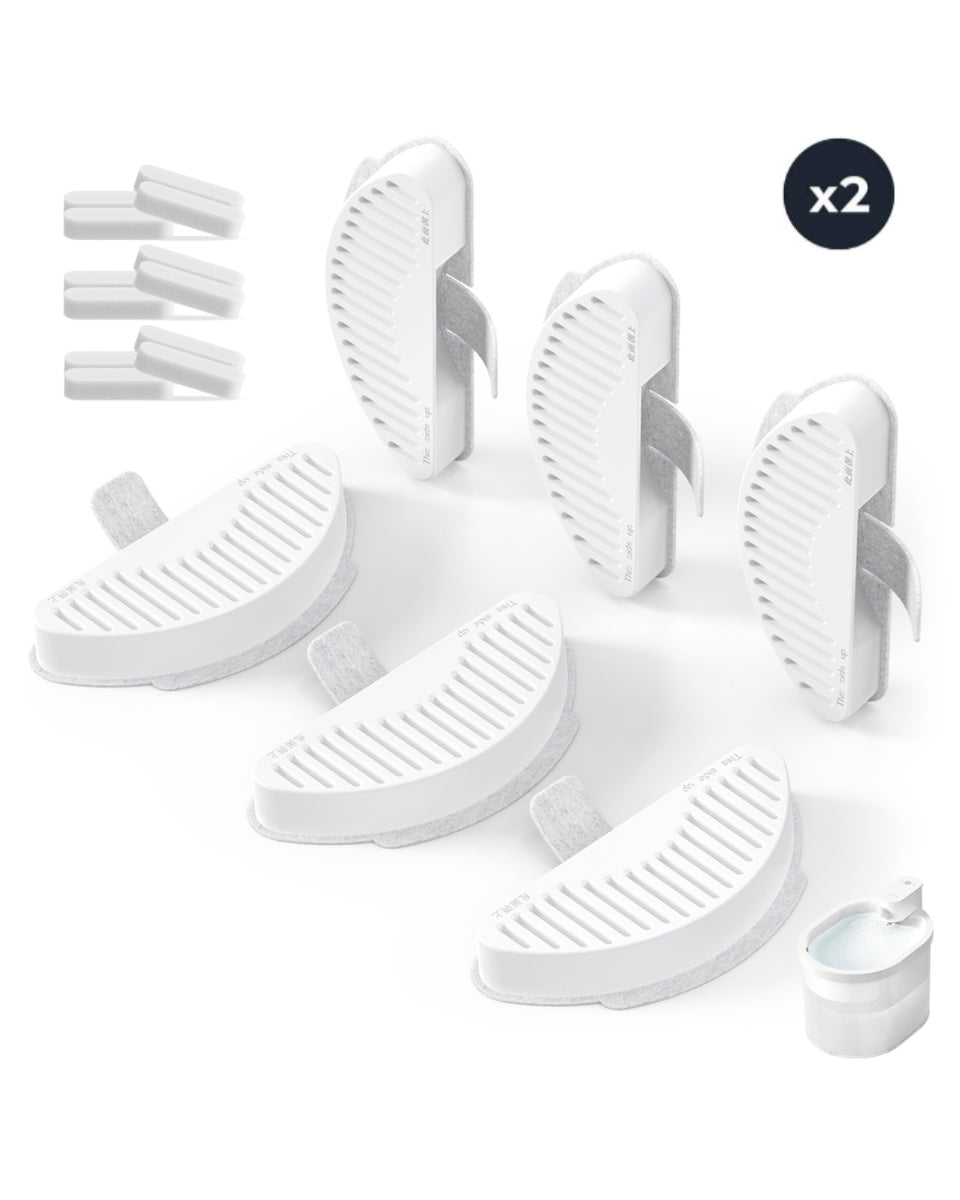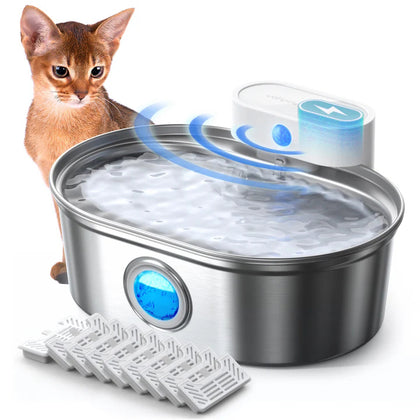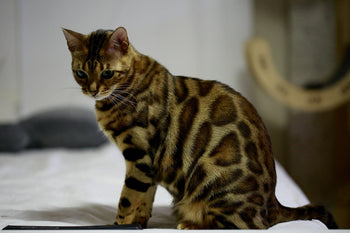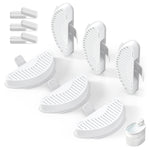Cat Drinking a Lot of Water and Meowing

Cat Drinking a Lot of Water and Meowing
Cats are known for their independence and self-sufficiency, but sometimes they exhibit behavior that can be concerning to their owners. One such behavior is excessive drinking of water and meowing. This can be a sign of an underlying health issue or a behavioral problem, and it is important to understand the causes and potential implications of this behavior.
Understanding excessive drinking in cats is crucial to identifying any underlying health problems. While cats generally need about 4 ounces of water per 5 pounds of body weight, excessive thirst can be a sign of various conditions such as diabetes, kidney disease, hyperthyroidism, or cancer. If left untreated, these conditions can lead to dehydration, organ damage, and even death.
If a cat is drinking a lot of water and meowing excessively, it is important to take them to a veterinarian for diagnosis and treatment. The vet will perform blood and urine tests to determine the underlying cause of the behavior and develop a plan for management and treatment. In some cases, changes in diet, medication, or surgery may be necessary to address the issue.
Key Takeaways
- Excessive drinking in cats can be a sign of an underlying health issue or a behavioral problem.
- Understanding the causes and potential implications of this behavior is crucial to identifying any underlying health problems.
- If a cat is drinking a lot of water and meowing excessively, it is important to take them to a veterinarian for diagnosis and treatment.
Understanding Excessive Drinking in Cats
Cats are known for being independent creatures that can take care of themselves. However, sometimes they need a little help from their owners, especially when it comes to monitoring their water intake. Excessive drinking in cats, also known as polydipsia, can be a sign of an underlying medical condition that requires immediate attention.
Identifying Polydipsia
Polydipsia is defined as an abnormal increase in thirst and water intake. It can be identified by monitoring the amount of water your cat drinks in a day. According to UAHPet, cats should drink between 3.5 and 4.5 ounces of water per 5 pounds of body weight per day. If your cat is drinking more than this, it could be a sign of polydipsia.
Common Causes of Increased Thirst

Several medical conditions can cause excessive drinking in cats. Kidney disease, diabetes mellitus, and liver disease are just a few examples. Kidney disease is a common condition in older cats and can cause an increase in thirst and urine production. Diabetes mellitus is a metabolic disorder that affects the way the body uses glucose. It can cause an increase in thirst and urination. Liver disease can also cause an increase in thirst due to the liver's role in regulating fluid balance in the body.
If you notice that your cat is drinking more water than usual, it is important to take them to the vet for a checkup. Your vet can perform tests to determine the underlying cause of the excessive drinking and provide treatment options.
Health Implications and Diagnostics
When a cat is drinking a lot of water and meowing excessively, it is important to consider the potential health implications and seek diagnostics from a veterinarian. Two common health issues that can cause excessive thirst and meowing in cats are diabetes and hyperthyroidism. However, it is important to note that there can be other underlying medical conditions that can cause these symptoms as well.
Conducting Blood and Urine Tests
To properly diagnose the cause of a cat's excessive thirst and meowing, a veterinarian will often conduct blood and urine tests. Bloodwork can help identify any abnormalities in the cat's blood sugar levels, kidney function, and thyroid function. A urine test can help identify any urinary tract infections or other issues that may be contributing to the cat's symptoms. These tests can help rule out or confirm potential health issues and guide treatment options.
Importance of Early Detection
Early detection of underlying health issues is crucial in ensuring the best possible outcome for the cat. If left untreated, diabetes and hyperthyroidism can lead to serious health complications, including kidney failure and heart disease. Regular visits to the veterinarian for check-ups and bloodwork can help detect any potential health issues early on and allow for prompt treatment.
In conclusion, excessive thirst and meowing in cats can be a sign of underlying health issues, such as diabetes or hyperthyroidism. Conducting blood and urine tests and seeking early detection and treatment is crucial in ensuring the best possible outcome for the cat.
Treatment and Management
If a cat is drinking a lot of water and meowing excessively, it is important to seek veterinary attention. Depending on the underlying cause, treatment and management options may include dietary adjustments, hydration, medications, iodine therapy, surgical removal, or kidney disease management.
Dietary Adjustments and Hydration
One effective way to manage a cat that is drinking a lot of water is to encourage them to drink more through hydration and dietary adjustments. Providing fresh water daily and investing in a wireless automatic water fountain for cats, such as the Uahpet ZERO Smart Pet Water Fountain, can help keep cats hydrated and happy. Wet food diets also provide cats with more hydration than dry food diets.
Medical Interventions
If the underlying cause of excessive drinking and meowing is a medical condition, such as hyperthyroidism or kidney disease, medical interventions may be necessary. Depending on the severity of the condition, medications may be prescribed to regulate hormone levels or manage symptoms. In some cases, iodine therapy or surgical removal of the thyroid gland may be necessary for cats with hyperthyroidism. For cats with kidney disease, management may include a special diet, medications, and regular monitoring of kidney function.
Behavioral Considerations and Environment
Analyzing Changes in Behavior
A cat drinking a lot of water and meowing excessively may be exhibiting signs of an underlying medical condition. However, changes in behavior can also be a result of environmental factors. For instance, a cat may be meowing more frequently due to anxiety or stress caused by changes in routine, new pets or people in the household, or moving to a new home.
In addition, a cat may be drinking more water due to warmer weather or a change in diet. It is important to analyze any changes in behavior and identify any possible environmental factors that may be affecting the cat's well-being.
Environmental Factors Affecting Water Intake
The environment can play a significant role in a cat's water intake. Cats prefer fresh and clean water and may refuse to drink from a dirty or stagnant water source. Providing a clean and fresh water source is crucial for a cat's hydration needs.
Investing in a high-quality cat water fountain may also encourage a cat to drink more water. Cat water fountains are available in stainless steel, ceramic, or plastic, and can help keep the water source fresh and clean. It is important to maintain the cat water fountain regularly to ensure that it remains clean and free of bacteria.
Related Posts:
Frequently Asked Questions
What could be the reasons for an older cat to suddenly start drinking more water?
There are several reasons why an older cat might start drinking more water than usual. One of the most common reasons is kidney disease, which can cause increased thirst and urination. Other possible causes include diabetes, hyperthyroidism, and liver disease. If you notice that your cat is drinking more water than usual, it's important to take them to the vet for a checkup.
How can hyperthyroidism affect my cat's water consumption?
Hyperthyroidism is a condition that occurs when the thyroid gland produces too much thyroid hormone. This can cause a variety of symptoms, including increased thirst and urination. If your cat has been diagnosed with hyperthyroidism, your vet will likely recommend treatment to help manage the condition and reduce your cat's symptoms.
What are the potential causes of weight loss and increased thirst in cats?
Weight loss and increased thirst are both symptoms that can be caused by a variety of underlying conditions. Some of the most common causes include kidney disease, diabetes, hyperthyroidism, and liver disease. If you notice that your cat is losing weight or drinking more water than usual, it's important to take them to the vet for a checkup.
Is it normal for a cat to meow loudly before drinking water?
It's not uncommon for cats to vocalize before drinking water. This behavior is often a way for cats to communicate with their owners and let them know that they are thirsty. However, if your cat is meowing excessively or seems to be in distress, it's important to take them to the vet for a checkup.
What should I do if my cat is vomiting and drinking excessive amounts of water?
If your cat is vomiting and drinking excessive amounts of water, it's important to take them to the vet right away. These symptoms can be a sign of a serious underlying condition, such as kidney disease or liver disease. Your vet will be able to perform a thorough exam and recommend appropriate treatment.
How often is it healthy for a cat to drink water throughout the day?
Cats should have access to fresh, clean water at all times. Most cats will drink water as needed throughout the day, and no set amount is considered "normal." However, if you notice that your cat is drinking significantly more or less water than usual, it's important to take them to the vet for a checkup.



